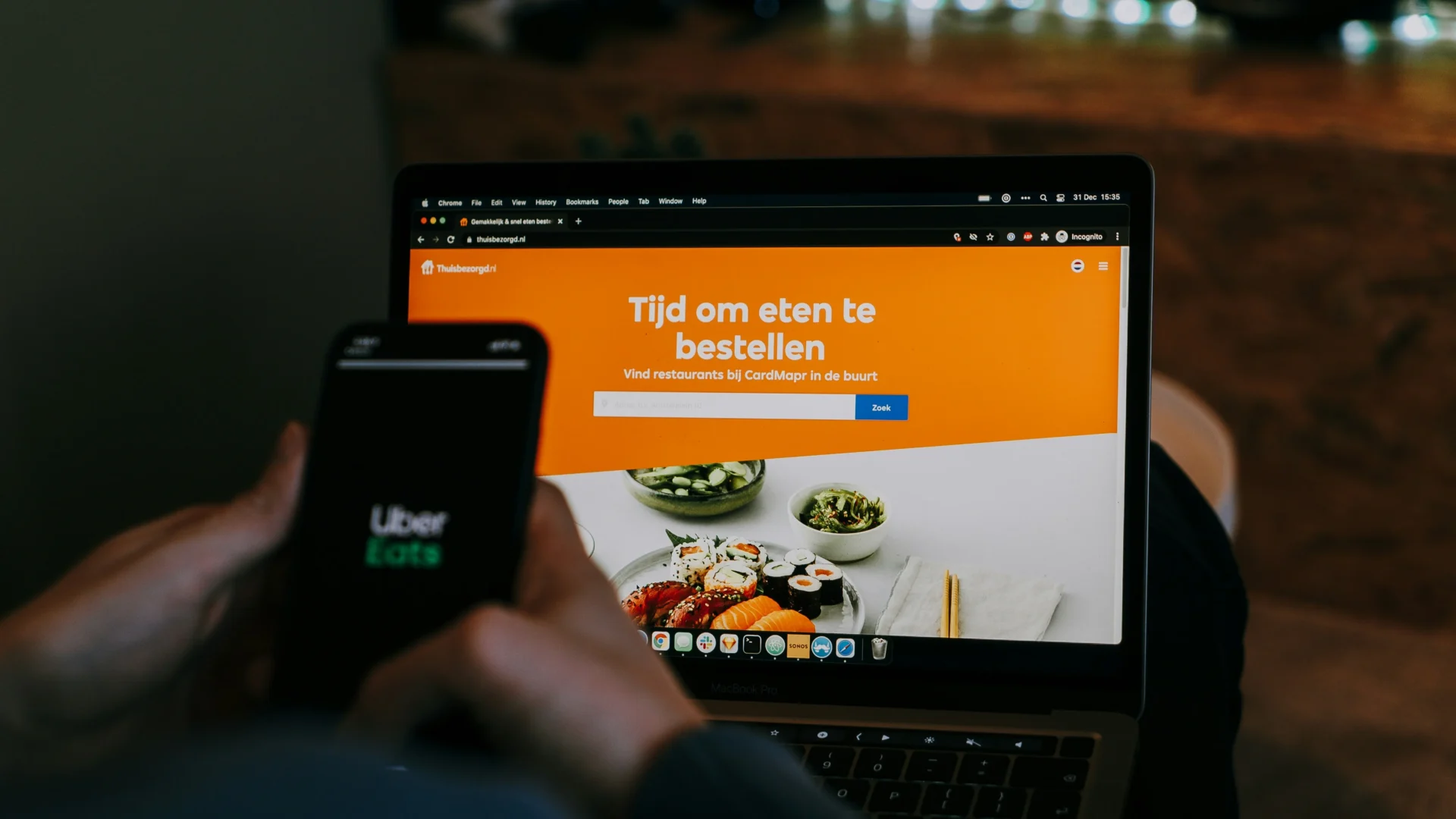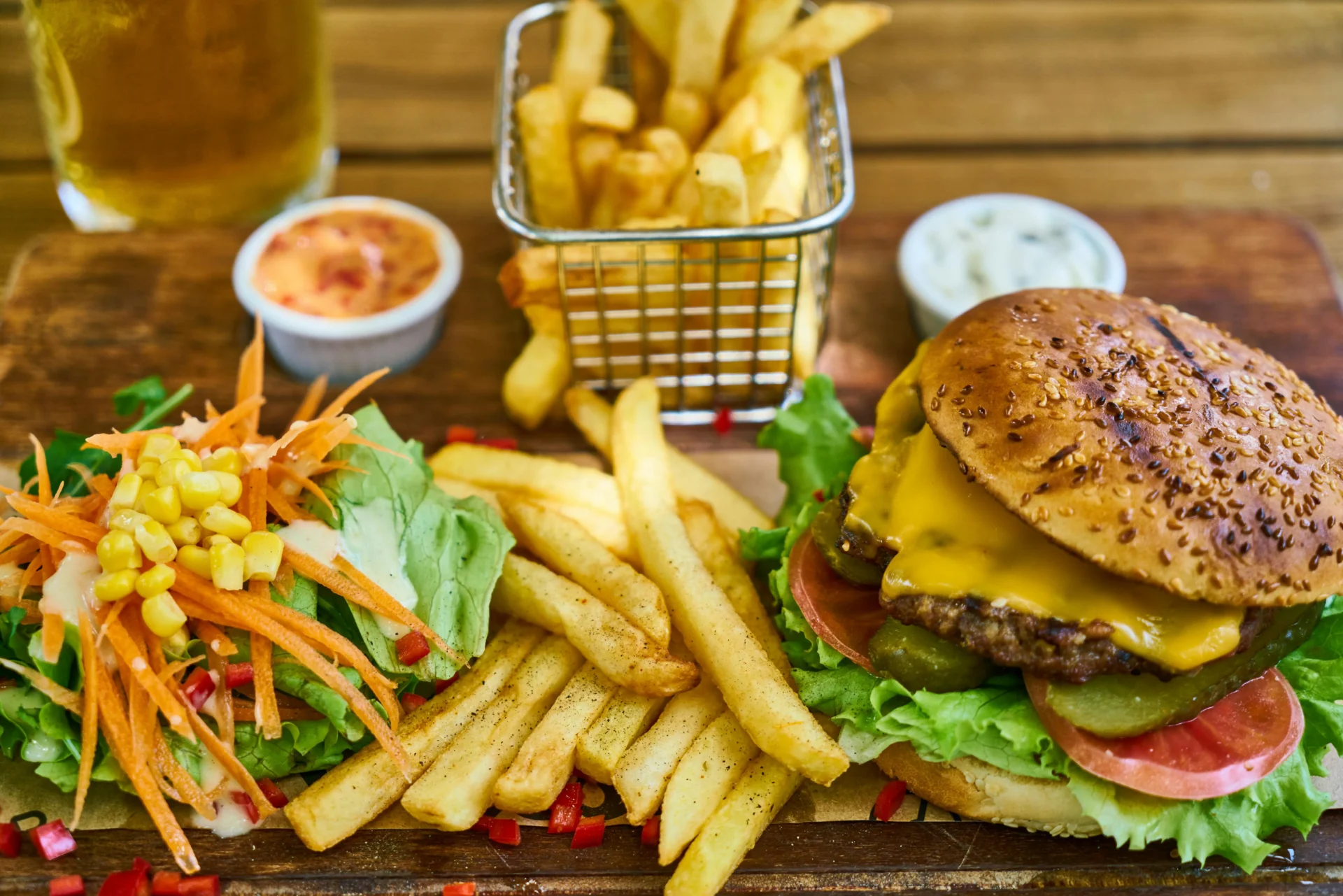The digital revolution has transformed how food and beverage businesses connect with consumers. With social media, e-commerce, and mobile apps reshaping the industry, brands must leverage digital marketing for food and beverage strategies to remain competitive. The ability to engage with customers in real-time, showcase visually appealing content, and drive direct sales has never been more accessible. However, navigating this fast-paced digital environment requires more than just an online presence—it demands a well-crafted strategy that aligns with evolving consumer behaviors and market trends.
Success in the digital space hinges on a brand’s ability to stand out, tell a compelling story, and foster meaningful relationships with its audience. From search engine optimization (SEO) and influencer collaborations to personalized email campaigns and interactive social media content, digital marketing offers a variety of tools to build brand loyalty and increase visibility. A data-driven approach ensures businesses can measure performance, optimize campaigns, and refine their strategies for maximum impact. In a crowded marketplace, mastering digital marketing is essential for long-term growth and customer engagement.
Understanding the Digital Landscape for Food & Beverage Businesses
The digital world is constantly changing. New platforms emerge, algorithms evolve, and consumer behavior shifts. One of the biggest challenges in digital marketing for food and beverage businesses is staying on top of these changes. What’s trending today might be outdated tomorrow. Staying adaptable and embracing new technologies is crucial. But beyond that, you have to be able to measure the return on your investment. How do you know if your digital marketing efforts are actually driving sales?
But despite the challenges, the rewards of effective digital marketing for food and beverage strategies are immense. It offers unparalleled opportunities for brand visibility, customer engagement, and direct sales. It’s a chance to build a loyal following of food lovers who are genuinely excited about your brand. It’s also a fantastic way to manage your online reputation and address customer feedback in real-time. Think about it: you can showcase daily specials, run contests, announce new menu items, and even take online orders, all through digital channels.
Moreover, digital marketing for food and beverage provides valuable data and insights that can inform your business decisions. You can track website traffic, social media engagement, and sales conversions to see what’s working and what’s not. This data-driven approach allows you to optimize your campaigns and continuously improve your results. It’s about using data to make smarter marketing choices.
Developing a Winning Digital Marketing Strategy
Before you dive into the tactics, you need solid digital marketing for food and beverage strategy. Who are you trying to reach? What are their interests? What platforms do they use? Understanding your target audience is the first step. Are you targeting millennials? Families? Foodies? Each group has its own preferences and online behavior. Once you know who you’re talking to, you can start crafting your message.
A successful digital marketing for food and beverage strategy includes setting clear goals, choosing the right platforms, developing a content plan, and establishing a consistent online presence. It also involves actively engaging with your followers and tracking your results. What are the 7 pieces of digital marketing? These core components include SEO, social media marketing, content marketing, email marketing, paid advertising (PPC), influencer marketing, and analytics. Each piece plays a vital role in a comprehensive digital marketing strategy.
Furthermore, a well-defined digital marketing for food and beverage strategy should align with your overall business objectives. What are you trying to achieve? Are you looking to increase brand awareness? Drive sales? Build customer loyalty? Your digital marketing efforts should be focused on achieving these specific goals. This strategic alignment ensures that your marketing activities are contributing to your overall business success.
Core Digital Marketing Tactics for Food & Beverage
Search Engine Optimization (SEO) is the foundation of a strong online presence. When people search for food or restaurants in your area, you want your business to appear at the top of the search results. Digital marketing for food and beverage businesses must prioritize SEO. This involves optimizing your website content, building high-quality backlinks, and ensuring your website is mobile-friendly. Local SEO is especially important for restaurants, as it helps you target customers in your immediate vicinity.
Social media marketing is another crucial component of a successful digital marketing for food and beverage strategy. Platforms like Instagram, Facebook, and TikTok are visual platforms that are perfect for showcasing your delicious food and engaging with your target audience. Share mouthwatering photos and videos, run contests and giveaways, and interact with your followers to build a strong online community. Influencer marketing can also be a powerful tool for reaching a wider audience.
Email marketing is a cost-effective way to stay in touch with your customers and promote your latest offerings. Build an email list by offering valuable content, such as recipes or discounts, and then send regular newsletters with updates about your menu, special events, and promotions. Personalized emails can be particularly effective, as they allow you to target specific customer segments with relevant messages. Email marketing is a great way to nurture customer relationships and drive repeat business.
Specific Digital Tactics for Food & Beverage Businesses
Online reviews are incredibly influential in the food and beverage industry. People often rely on online reviews when deciding where to eat. Digital marketing for food and beverage strategies must include a plan for managing online reviews. Encourage satisfied customers to leave reviews on platforms like Google My Business and Yelp, and respond promptly and professionally to both positive and negative feedback. A positive online reputation can significantly impact your business.
Local SEO is essential for attracting local customers. Make sure your business is listed on Google My Business and other relevant online directories. Optimize your Google My Business profile with accurate information, high-quality photos, and customer reviews. Use location-based keywords in your website content and online listings to make it easier for local customers to find you. Local SEO is crucial for restaurants and other food businesses that rely on local foot traffic.
Online ordering and delivery platforms have become increasingly popular in recent years, and they’re now a must-have for many food and beverage businesses. Integrating online ordering into your website makes it easy for customers to place orders directly with you. Partnering with third-party delivery platforms can expand your reach and allow you to serve customers who might not otherwise be able to visit your location. Optimizing your online menus and managing online orders efficiently are key to success in this area.
Measuring, Analyzing, and Optimizing Your Digital Marketing Efforts
Tracking the performance of your digital marketing for food and beverage efforts is crucial for understanding what’s working and what’s not. Key metrics to track include website traffic, social media engagement, sales conversions, and return on investment (ROI). Use analytics tools like Google Analytics to monitor your website traffic and social media engagement. Track your sales data to see how your digital marketing efforts are impacting your bottom line.
Using data and insights to optimize your digital marketing strategies is essential for maximizing your ROI. A/B testing can help you experiment with different approaches and see what resonates best with your audience. Analyze your data to identify trends and patterns. Are certain types of content performing better than others? Are certain social media platforms driving more traffic to your website? Use these insights to refine your strategy and improve your results.
Staying up-to-date with digital marketing trends is essential for staying ahead of the competition. The digital landscape is constantly changing, so it’s important to keep learning and adapting. Follow industry blogs and publications, attend conferences and webinars, and join online communities to stay informed about the latest trends and best practices. Digital marketing for food and beverage is an ongoing process, and continuous learning is key to success.
Final Thoughts
A strong digital marketing strategy is essential for food and beverage businesses to stay competitive and connect with their audience. By utilizing SEO, social media, email marketing, and data-driven insights, brands can enhance visibility, build customer loyalty, and drive sales. Success comes from staying adaptable, embracing new technologies, and refining strategies based on measurable results. Whether you’re a small café looking to attract local customers or a large restaurant chain expanding your reach, an effective digital presence can set you apart in a crowded market.
If you’re looking for expert guidance, don’t hesitate to contact fishbat, a premier New York digital marketing agency. We can help you develop and implement a winning social media strategy that drives results. With our deep understanding of the food and beverage industry, we’ll create a customized digital marketing plan tailored to your business needs. Contact us today at 855-347-4228 or hello@fishbat.com for a free consultation—let’s turn your online presence into a recipe for success!


